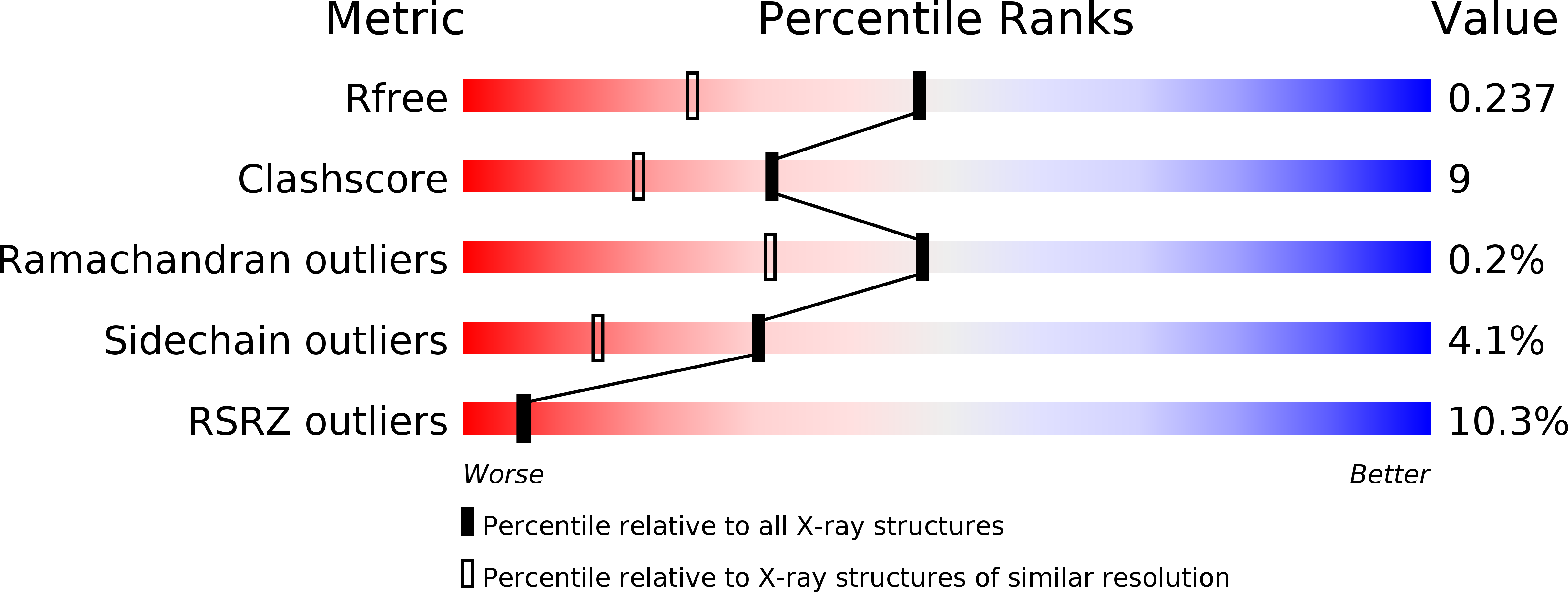
Deposition Date
2011-10-16
Release Date
2012-02-22
Last Version Date
2025-03-26
Entry Detail
PDB ID:
3U8A
Keywords:
Title:
Crystal structure of monomeric reversibly photoswitchable red fluorescent protein rsTagRFP in the OFF state
Biological Source:
Source Organism:
synthetic construct (Taxon ID: 32630)
Host Organism:
Method Details:
Experimental Method:
Resolution:
1.78 Å
R-Value Free:
0.23
R-Value Work:
0.18
R-Value Observed:
0.18
Space Group:
P 1


